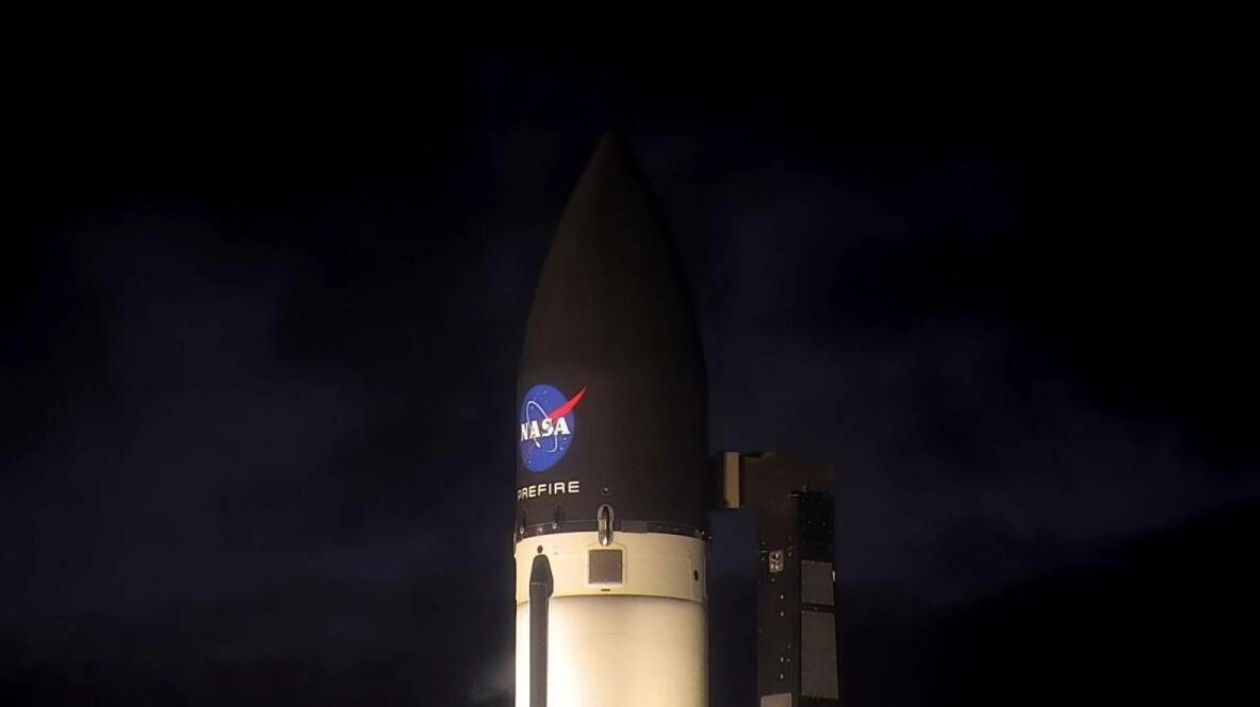A small Nasa satellite was successfully launched from New Zealand on Saturday with the goal of enhancing climate change prediction through the measurement of heat escaping from Earth's poles for the first time.
Karen St. Germain, Nasa's earth sciences research director, emphasized the significance of the new data, stating that it will enhance the understanding and modeling of climate dynamics in the poles. The shoe box-sized satellite was propelled into space by an Electron rocket, constructed by Rocket Lab, from Mahia in the north of New Zealand, as part of the PREFIRE mission.
Nasa plans to launch a similar satellite in the future, aimed at capturing infrared measurements above the Arctic and Antarctic to directly quantify the heat released from the poles. This is crucial in offsetting the excess heat in tropical regions and regulating the planet's temperature, according to Tristan L'Ecuyer, a mission researcher affiliated with the University of Wisconsin, Madison.
The PREFIRE mission seeks to unravel the impact of clouds, humidity, and ice melting on heat loss from the poles. L'Ecuyer highlighted the shift from theoretical models to real observations for assessing heat loss by climate change scientists. The objective is to enhance the simulation of future sea level rise and understand the influence of polar climate change on global weather systems.
St. Germain underscored the value of small satellites like this one in addressing specific scientific inquiries, contrasting them with larger, more generalist satellites. She stressed that Nasa requires both types of satellites to advance its missions.






